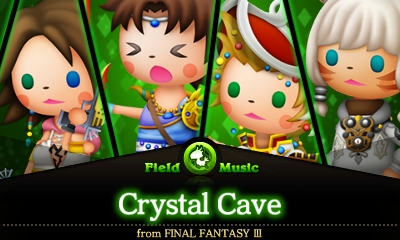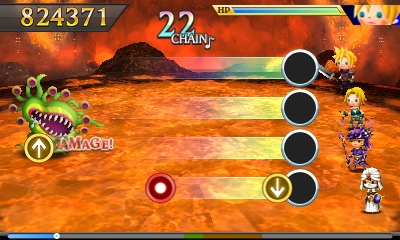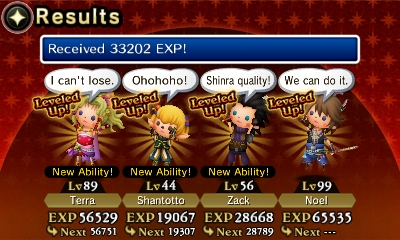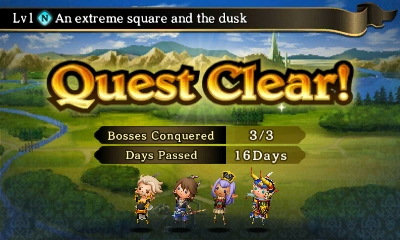This is going to be an interesting week. I’m packing up and moving halfway across the country for the 3rd time in my life, so computer access for the next few days is likely to be hard to come by. As a result, portable games are going to be the way of things for a little while.
The Summoner’s Journey
All the talk about FFX-2 on the podcast actually got me playing FFX on the Vita. The game is a bit prettier than I remember (which is the entire point of an HD remake, I suppose) and still plays pretty well. The Expert Sphere Grid (which was not in the North American release of the original) actually does a lot to fix one of my major complaints about the game. For the vast majority of the main game, everyone is locked into their particular path on the Sphere grid in the normal version. Yuna will only get white magic and magic boosts, Wakka will get status effects and physical bonuses, Auron will get all of the ability breaks, and so on. If you want any character to branch out, they can’t do so until late in the game. The only exception is Kimahri, who starts in the middle and can pick someone else’s path early.
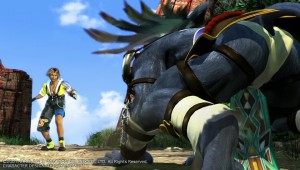
In the Expert grid, everyone starts much closer to the center (Kimahri still starts in the center) and can venture down the paths intended for the other characters almost immediately. Yuna is generally the biggest benefactor of this, since she can get either Lulu’s offense or Tidus’s support abilities, giving her something to do if no one needs healing right away. Wakka can enter Auron’s section and do something about his generally low strength. You can have someone other than Kimahri learn to steal long before you get Rikku in the party. The cost of all of this is slower progression in the things the game expects you to be able to do (if you branch out) and a lower theoretical stat maximum compared to the standard grid (which you don’t need to worry about at all unless you’re a crazy person). It’s a change I like, and we’ll see how far I get this time through the game before going to play its better sequel.
PING!
On other hardware, there’s Super Smash Bros. 4. I miss certain things about playing with the GameCube controller, but other than that I really like this version of Smash. The character roster is good, although I find myself mostly sticking to old standbys like Marth and Pikachu. I like most of the changes from Brawl, especially the lack of tripping and the changes to grabs (a brief cooldown on grabs renders chain-grabbing impossible).
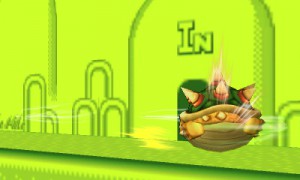
Unfortunately, hotel internet means I won’t be playing this with anyone anytime soon. Smash Bros. is best with other people; I had a lot of fun with it at a family gathering early last month. If you also have the game and want to play it, let me know. My friend code is 4897-6120-6518.

